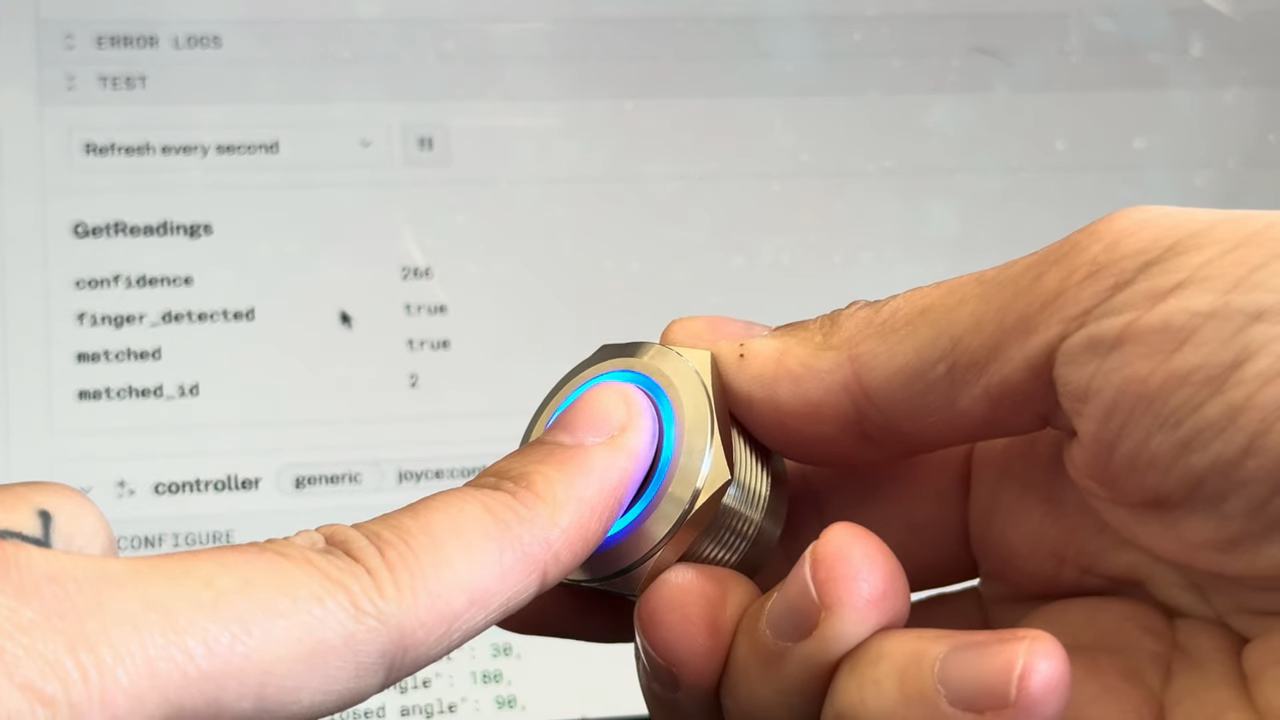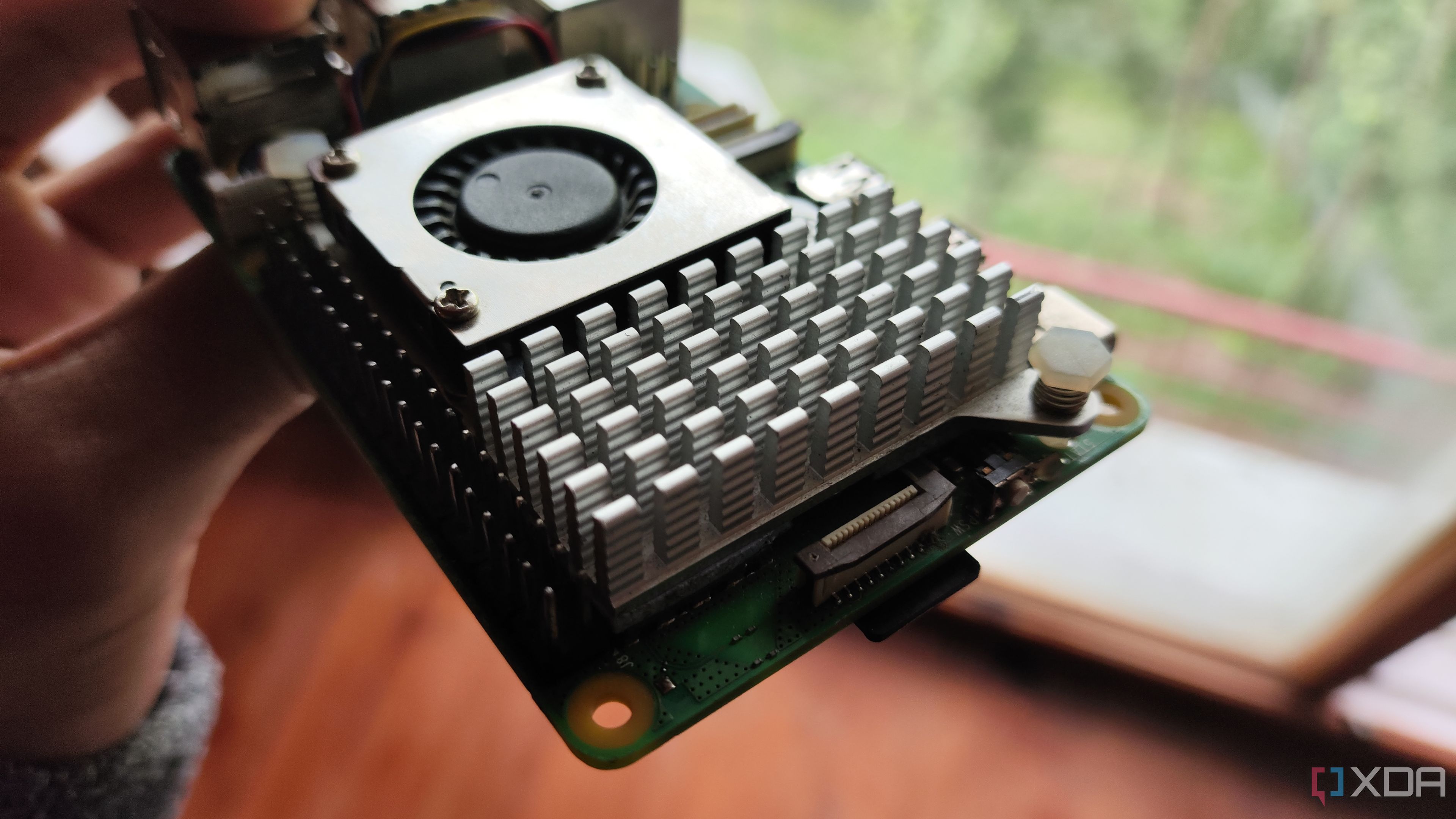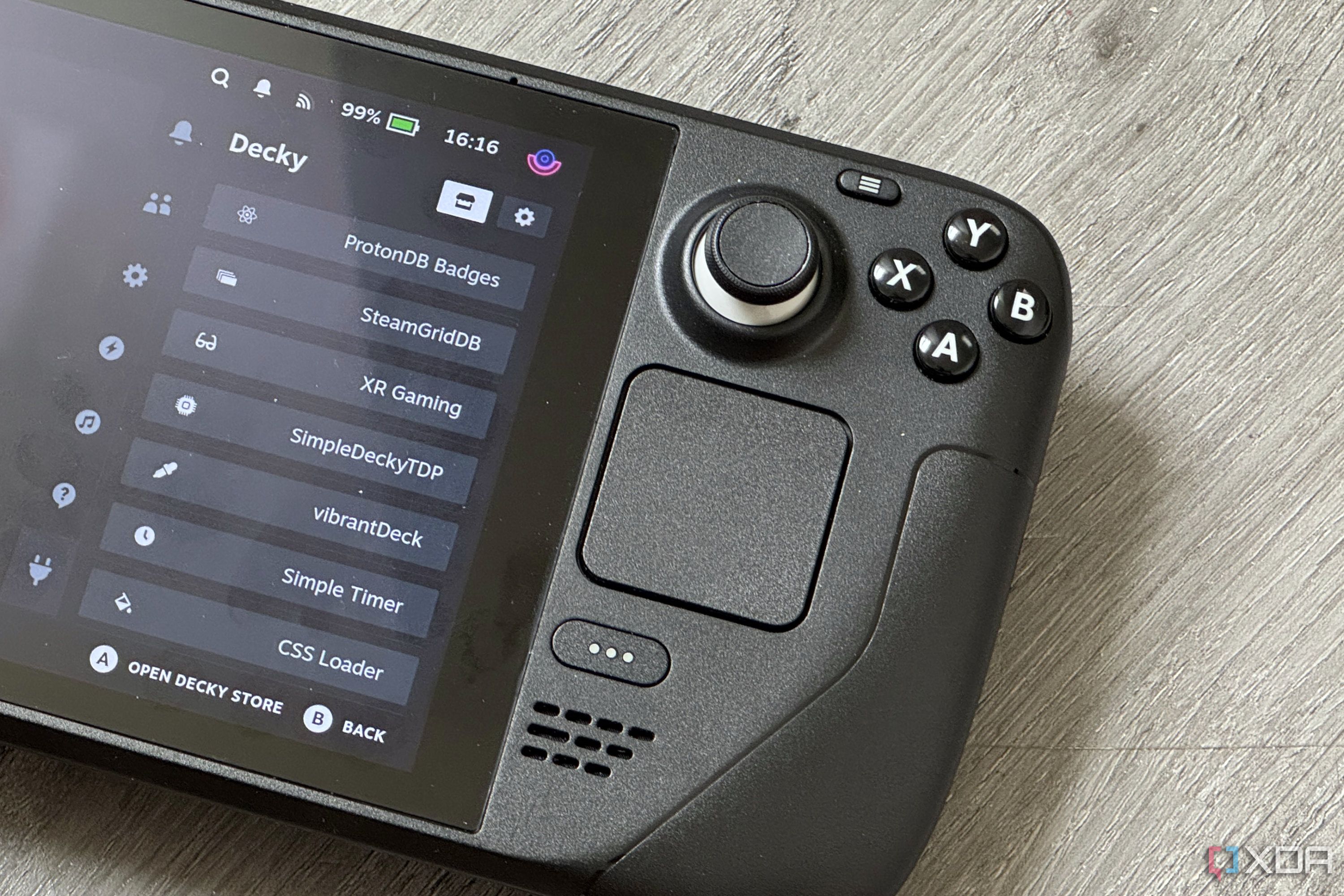
Sign in to your XDA account

Summary
- Raspberry Pi used to create a fingerprint lock for keeping physical goods secure.
- A detailed guide is available for setting up a fingerprint scanner with a Raspberry Pi and a servo motor.
- The project example involves a geocaching lock system with user fingerprint registration.
What better way to make a security system you trust than by making it yourself? Raspberry Pis are great for setting up a DIY layer of defense for both your physical and digital goods, but for some reason, I've never considered using a fingerprint scanner with a Pi before. However, now that I've come across this cool project, I can't stop thinking about all the cool ways you can use this tech.

Related
5 Raspberry Pi projects I built for under $50 and feel like magic
If you've got a Raspberry Pi and a bit of spare cash, these inexpensive projects will bring some magic into your home
This Raspberry Pi-powered fingerprint lock keeps your goodies safe
In a post on Hackster, tinkerer Joyce Lin shows off what she has been working on. The project is a Raspberry Pi-controlled fingerprint lock, which Joyce uses as part of a servo-powered latch to keep a box locked until the correct person scans their finger. However, there's nothing stopping you from taking the fingerprint scanning part of this project and wiring it up to whatever else you want to use a scanner for.
The guide goes into great detail as to how you can set up the fingerprint lock. It uses a Raspberry Pi 4 Model B and an Adafruit R503 fingerprint sensor to get the scanning done, and uses a Viam Robotics Viam Platform to pass all the data through. Joyce then goes on to grab a micro servo motor to act as the hinge that the Raspberry Pi unlocks after a successful scan, but you can drop that if you're going for something different.
Joyce's ultimate goal was to make a lock for a geocaching project. They found a way for people to register their fingerprint on a system, which then allows them access to any geocache boxes they find connected to the same system:
Geocache box example: If the fingerprint sensor is being used to enable physical access in a remote location, users can use a mobile app or web app that you create in order to guide others through the enrollment steps. For example, the app can prompt users to place a finger on the sensor to scan the first fingerprint. Behind the scenes, the app is calling do_commands() to start_enrollment, capture, create_model, and store_model. Once the fingerprint is successfully enrolled, users can place the finger on the sensor again to unlock the geocache.
It's a very cool build, and all of the schematics, code, and 3D print files for the latch are available on the Hackster page, so give it a read if you're curious. And if you'd like to learn more about making your SBC part of your security, check out these four ways you can make your own security tools using a Raspberry Pi.
.png)










 English (US) ·
English (US) ·